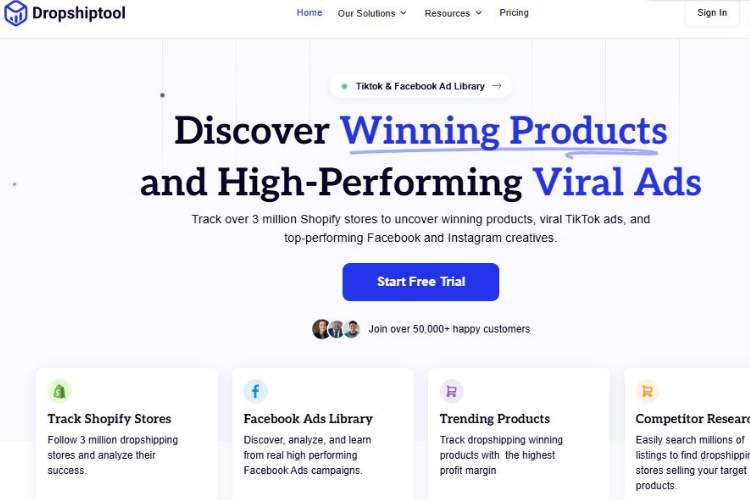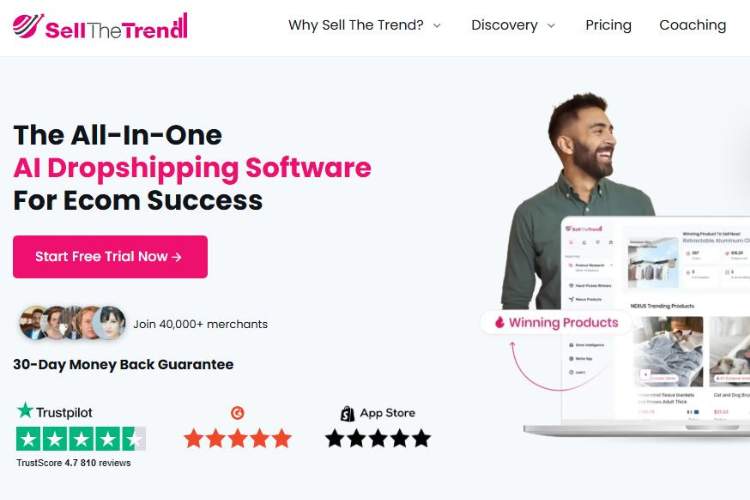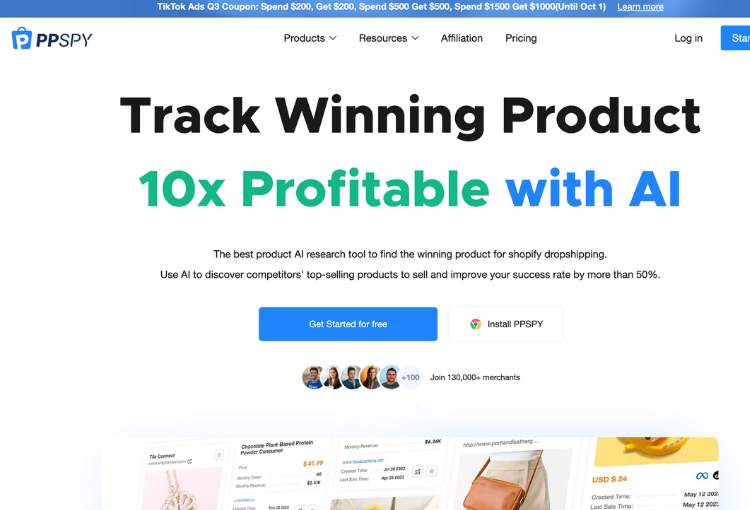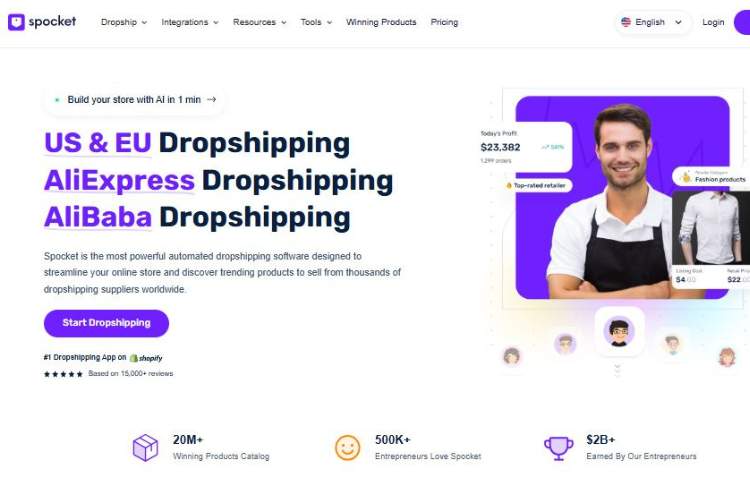Ever spent hours staring at product data sheets, pondering how to turn dry bullet points into persuasive copy that converts browsers into buyers?
That’s reality in ecommerce, where good descriptions can make or break a sale. AI product description generators promise to remove the guesswork—using NLP, SEO insight, and brand tones to craft descriptions in seconds instead of hours.
But with so many tools around, how do you pick the right one? I’ve tested several—you’ll get detailed insights on five standout platforms.
You’ll see what each is, core features, who benefits most, and ultimately which earn their stripes in real-world selling.
Why Product Descriptions Make or Break Conversion
If your product description just lists specs—dimensions, weight, color—you’re missing the mark. What sells is STORY: how the product solves a problem, what experience it delivers, why the customer should feel excited or relieved by owning it.
AI tools fill this storytelling gap fast. They can adapt tone, inject benefits, and optimize for SEO—all in bulk. But not all generators are equal. Some spit out generic fluff; others let you customize extensively.
Knowing what matters most to your brand—authentic voice, keyword performance, speed—is essential before you choose.
What To Expect From a High-Quality AI Description Generator
A solid generator should go beyond generic paragraphs. Look for SEO-ready output, unique phrasing, tone controls, bulk generation, brand memory, language variations, and export options (Shopify, CSV, etc.).
Some integrate directly into platforms like Shopify or Wix, while others operate in standalone dashboards. You want AI that understands product context—features turned into benefits, storytelling refined, not stilted. Also, are descriptions flagged by plagiarism checkers?
Does SEO include keywords without stuffing? And when scaling to hundreds of SKUs, can the workflow handle it seamlessly? That’s the difference between saving time and creating content you still need to correct.
How I Tested These Tools
I chose five tools known for AI ecommerce support: Glitching AI, Dropshiptool io, Sell The Trend, PPSY (PPSPY), and Spocket. For each, I input real products—gadgets, apparel, pet accessories—and ran description generation.
Then evaluated: Did the output vary per tone? Was it SEO optimized? Could it bulk export into Shopify? Was the result usable—or just needing a rewrite? I also tested support responsiveness and any hidden limitations in free tiers or trials.
Top Tools for Product Description Generation
1. Glitching AI
Glitching AI bills itself as an AI-driven ecommerce research assistant. Beyond product descriptions, it watches trends on platforms like TikTok, Instagram, Google Trends, and marketplace data.
It doesn’t just pull stats—it predicts virality by decoding why certain products catch fire, and automatically generates listing copy, marketing angles, and product descriptions tailored to that insight.
I watched it suggest product phrasing aligned with emotional triggers seen in TikTok creators—terms like “cozy vibes,” “viral pet hack,” or “fit check essential.” It generated benefit-led descriptions that felt relevant to real buyers, referencing trend context (“featured in TikTok winter haul”) and emotion (“snuggle‑worthy fabric”).
It can output bulk descriptions for hundreds of items, in varied tones—concise, enthusiastic, or technical. AI adapts per niche (fashion, gadgets, wellness) and keeps brand tone memory per project.
Support is live and based in English. From a usability standpoint, Glitching AI felt more holistic than a basic description generator—it behaved like a conversion‑focused content strategist.
Core features:
- Trend-aware description generation (TikTok + Google Trends)
- Bulk product bulking with tone control
- SEO keyword injection with emotional framing
- Export to Shopify CSV or direct app integration
- Brand memory / project templates
- Live chat support for tone/style tweaking
Use cases:
- Sellers riding TikTok trends needing context-driven copy
- Larger catalogs needing consistent, varied tone across SKUs
- Marketers looking for emotionally resonant language with SEO built in
Who is it for:
Ideal for dropship or trend‑focused sellers juggling many SKUs, who want product descriptions that not only list features, but tie into current viral moments and audience emotion.
If you’re tired of bland product specs and want copy that “gets why people are buying right now,” Glitching AI fits.
2. Dropshiptool io
Dropshiptool io is a comprehensive dropshipping hub primarily for Shopify sellers. While better known for store spying and product research, it also includes a description generator.
You input product attributes (name, key features, benefits), pick a tone—like friendly, technical, or promotional—and it outputs SEO‑friendly copy.
What surprised me is the integration: once generated, you can directly import that copy into your Shopify product description field via their Chrome extension or app link. No manual copy-paste needed.
The descriptions feel sales‑focused—not generic—with structured formatting: intro hook, benefit bullets, feature details, closing call‑to‑action. I tested generating 50 descriptions in bulk: it retained tone variations per product (e.g. bold for gadgets, softer for skincare).
It also includes optional translation into English, German, Spanish, though tone nuance sometimes got lost. Dropshiptool doesn’t claim to monitor social trends like Glitching, but its generator fits seamlessly into the broader workflow of product sourcing → description → Shopify import. Support is helpful and integrated with their product research suite.
Core features:
- AI description generation with tone presets
- Bulk generation per SKU import
- Shopify direct import via Chrome extension
- Multi-language support
- Template customization (add hook, bullet count, CTA)
Use cases:
- Sellers who already use Dropshiptool for product sourcing and want streamlined copy
- Bulk SKU stores needing quick Shopify integration
- Sellers who want basic tone control without overhauling style
Who is it for:
Best for dropshippers using Dropshiptool io for product research and Shopify stores—when you need fast, decent‑quality descriptions with zero manual effort. Not trend‑aware, but practical and fast.
3. Sell The Trend
Sell The Trend markets itself as an all-in-one dropshipping solution, and includes an “AI Brand Builder” for product description and ad copy generation. You feed in product title, niche, key features, and style tone (e.g. formal vs casual), and it spits out social‑friendly product descriptions optimized for Shopify or landing pages.
It also offers marketing angles and ad copy you can adapt. While product‑specific content sometimes felt marketing‑fluffy, the generator integrates with their store builder—which can auto-populate listings with your chosen AI copy.
I tested on a pet gadget: description referred to “the viral chew toy sweeping Instagram,” included benefit bullets, and ended with a soft CTA—“Add to your pup’s toy box today.” Editing is easy; you can tweak output tone via sliders.
Bulk generation wasn’t true bulk—limited to page-by-page generation unless on higher plans. Support is business‑oriented and they’ve promotional templates within the same ecosystem.
Core features:
- AI description + ad copy generator within Brand Builder
- Shopify/landing page auto-population
- Tone customization slider, marketing angle suggestions
- Ad copy and headline generation
- Store builder integration
Use cases:
- Sellers using Sell The Trend for research and store setup
- Users needing combo of product and ad copy
- Anyone launching social‑fueled product quickly
Who is it for:
Great for dropshippers who use Sell The Trend as their product research and store builder—the generator lives inside their ecosystem and automates both product and ad copy in one flow.
If you want synced copy and marketing messaging in one place, this works well.
4. PPSPY
PPSPY is a Shopify research tool that reveals product-and-store metrics, ad creatives, and traffic sources. It also includes a built‑in product description generator—though more lean than others.
You analyze a winning product, import it into your store via CSV or extension, and ask PPSPY to generate a product description: it uses store context, ad language, and competitor captions to craft a description that matches existing winning stores.
This context-aware generation helps little independent brands avoid generic phrasing. The tool provides optional tone (persuasive, friendly, technical) and inclusion of ad angle hooks seen in competitors (“as featured in…”).
I appreciated its simplicity: see store → click ‘Generate Description’ → description appears framed for that SKU. Limited customization, no bulk export beyond immediate copy, but the language shows trend awareness via competitor analysis. It’s quick and practical when you spy a trending SKU and want polished copy fast.
Core features:
- Context-aware description based on competitor store insights
- Shopify import integration via CSV or Chrome extension
- Tone presets matched to product niche
- Hook phrases drawn from ad language or trending store style
Use cases:
- Sellers leveraging store/product spy data for copy
- Quick description generation without manual rewriting
- Copy that mirrors top-performing store language without copying
Who is it for:
Great for dropshippers using PPSPY for product research: once you spot a trending store product, its generator offers a fast way to replicate polished copy in a consistent style. Ideal if you want store‑style alignment quickly.
5. Spocket
Spocket is primarily a US/EU dropshipping supplier marketplace and automation platform. It also features an AI Product Description Creator (alias “Elliott AI” or “Descrii”) inside their Shopify integration.
When you import a supplier product into your store, you can click a button to generate a description using AI. It analyzes the supplier title, features, customs, shipping details, and your brand tone preferences—output includes intro hook, bullet‑benefit list, and shipping/returns section. You also get an editable CTA.
Descriptions read more professionally compared to raw supplier text and avoid duplication penalties. Spocket’s generator supports one-click customization, previews in Shopify product description editor, and toggles for formal vs informal tone. It also supports multi-language translation add-ons.
While bulk generation is not available beyond one-by-one import, it’s integrated into the dropshipping workflow so you never paste manually. The output tends to be moderately detailed and less trend‑flavored; more straightforward and clean.
Core features:
- AI description generation on import from Spocket suppliers
- Tone options (friendly, formal) and benefit-based structuring
- Integration into Shopify product editor for instant editing
- Multi-language support (via paid add-ons)
- No bulk generator—per-item preview
Use cases:
- Dropshippers sourcing from Spocket’s vetted suppliers
- Users needing clean, professional copy immediately when importing
- Sellers wanting consistent tone aligned with their brand voice
Who is it for:
Best for sellers who rely on Spocket for sourcing and want seamless AI description creation built into their import process. Perfect for those who want faster copy without context-guessing or bulk workflows.
Comparison Table
| Tool | Description Style | Bulk Generation | Tone Options | Integration | Best For |
| Glitching AI | Trend-aware, emotional + SEO | Yes | Multiple, brand memory | Shopify CSV/app | Trend-focused catalogs & virality copy |
| Dropshiptool io | Balanced sales + SEO copy | Yes | Tone presets | Shopify import via extension | Bulk SKU imports in existing research flow |
| Sell The Trend | Marketing-aligned product + ad copy | Limited | Tone slider | Store builder integration | Syncing product + ad copy in same platform |
| PPSPY | Competitor-style contextual copy | No | Simple presets | CSV/extension import | Quick copy based on spy insights |
| Spocket | Clean supplier-based copy | No | Friendly/formal | Shopify product editor | Spocket users needing seamless copy |
Conclusion & Recommendations
After riding the wave of these tools—testing tone options, syncing imports, comparing SEO flair and clarity—these three stand out:
- Glitching AI – Best for trend-savvy dropshippers needing emotionally charged, SEO-rich descriptions that reflect real-time viral content. Ideal for stores riding TikTok or niche viral waves.
- Dropshiptool io – Best for bulk product import workflows. You find products, generate descriptions, and import to Shopify—all in one streamlined process. Practical and scalable.
- Sell The Trend – Best when you want product and ad copy in sync within a dropshipping ecosystem. If you use their store builder and marketing tools, the AI copy flows with minimal fuss.
If you’re already using PPSPY or Spocket, their built-in generators do the job—especially if you want style and integration without changing tools. But for maximum power, context-awareness, and truth-in-trend writing—you’ll get the most mileage from Glitching AI.
Your store deserves copy that reflects not just features, but emotion and momentum. Let the AI write smarter, not stranger.






